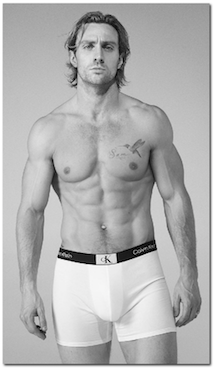
If you've never seen Bernardo Bertolucci's Il Conformista (The Conformist), you owe yourself a viewing. I watched it over the weekend, and then watched it again, and again in bits and pieces, just to gape in awe at the prettiness. I can honestly say it's one of the most gorgeous films I've ever seen. It was shot by Vittorio Storaro for Bertolucci, who went on to win Oscars for Apocolypse Now, Reds, and The Last Emperor, besides also shooting many others including several other films for Bertolucci.
I went ahead and took some screengrabs from the film, which went from being a small job to me grabbing way, way too many; but if you haven't seen the film, look through these and imagine the frames moving, the light shifting and the camera's angle shifting by even just a degree or two and making everything new in completely unexpected ways.
Because this film is all about the movement of light and shadow and color, as beautiful as I think every single one of these frames are they're nothing compared to seeing Bertolucci's camera move across these surfaces he and Storaro created. A stunning, stunning film.
I guess you could consider these sort of spoilery, since I've taken a grab from nearly every scene, but I tried to not grab anything that would ruin the movie plot-wise for you. Still, proceed with caution. Also, click on these to enlarge them, I implore you; they are so worth seeing in their larger form.











The scene in the above three images, with the light moving through the slatted blinds while Stefania Sandrelli dances around in her vertigo-inducing black-and-white dress, were when I realized this movie was something special. This is a scene that really has to be seen in motion, though; the way that light slides through those blinds strobe-like is completely hypnotic.

The above shot, of the camera panning through the blowing leaves, was obviously the "inspiration" for a very similar shot in The Gofather Part II.



In the above image, the camera pans onto a painting of a landscape, and the painting gradually fades away until we see the landscape directly behind the painting, which our main character is walking through and matches what we saw in the painting. The above grab is about halfway through the fade, where you can see both the painting and the actual landscape behind it. Anyway, if you can't tell by that convoluted description, it was awesome.












Just looking at these images juxtaposed beside each other is a rich experience; each frame is so distinct, yet the movie juxtaposes these distinct worlds just as suddenly as these grabs indicate. These are pretty much going from scene to scene, and yet they look like completely different worlds. And even still, they complement each other beautifully and build into something operatic and grand. In parts the film reminded me, visually, of The Umbrellas of Cherbourg, which I'd say is this film's rival for possibly being the most beautiful movies ever filmed.
.




































2 comments:
God, it does look beautiful.
How do you take images like that though?
Everything I do, I taught myself, which probably means I do things in a completely convoluted manner which there is probably a much simpler manner of doing. But this actually isn't that strenuous a process.
Do you have a Mac or PC? I've got a Mac. You play the DVD on your computer (I use the program VLC to play DVDs cuz the regular Mac DVD player doesn't let you do whatt I wanna do) and use the Preview application (which all Macs have, I do believe) to grab the image you want from the window in which the DVD is being played on your screen.
It's actually pretty simple, if those instructions make any sense at all. ;-)
Post a Comment